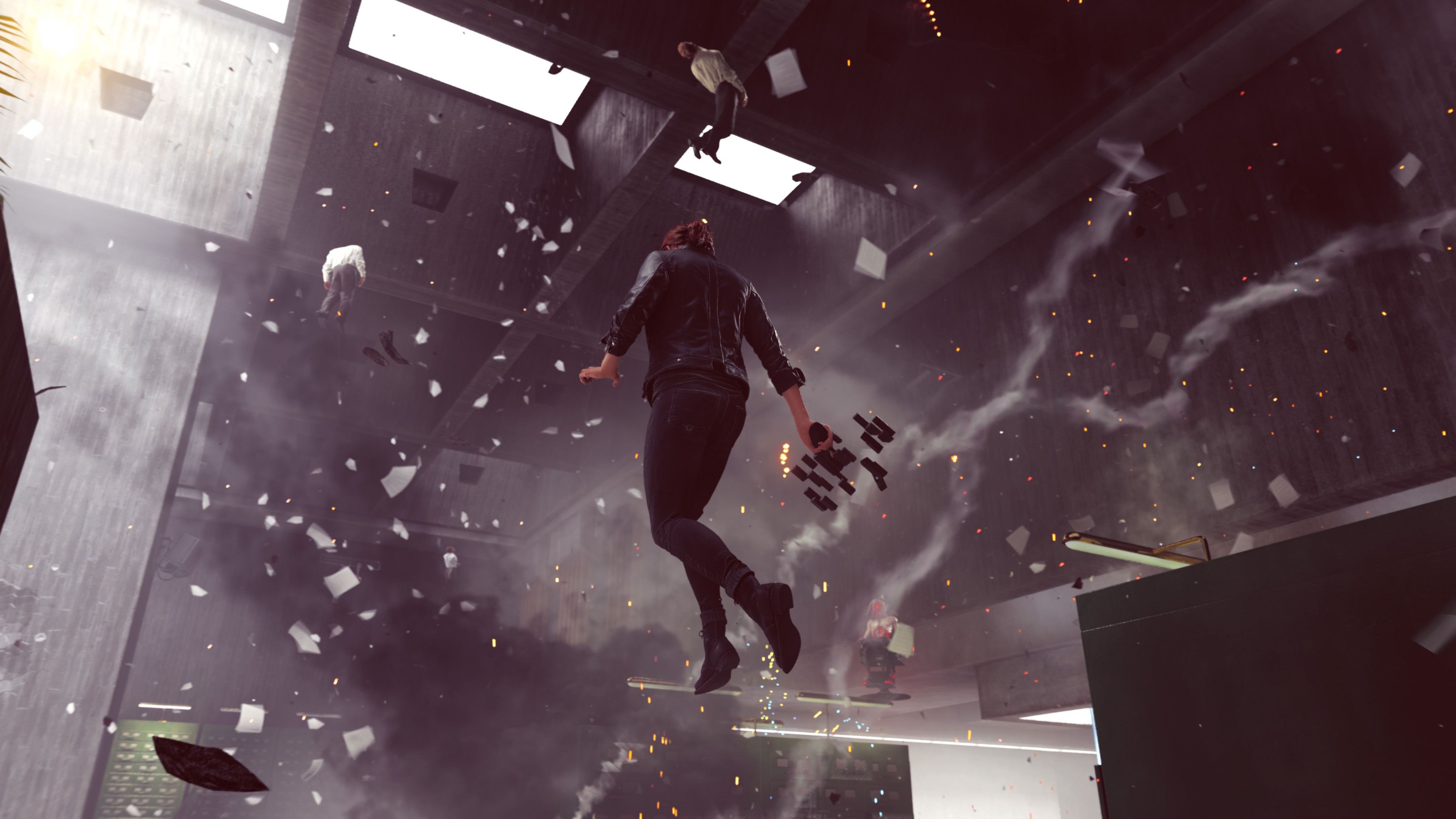Nvidia’s DLSS fine-tuning improves Control performance on RTX graphics cards
Breaking down the details of how DLSS has been improved with Control

Remedy’s Control is a great game with some seriously impressive (albeit demanding) visuals, particularly on the ray tracing front, but Nvidia has just detailed how it has improved DLSS with the game, too.
In an illuminating blog post, Nvidia reminds us – if we needed a reminder – that ray tracing is very intensive on the GPU, and therefore using DLSS to boost frame rates (as well as improving image quality) is crucial when running games on GeForce RTX graphics cards.
- Nvidia is also using mesh shading tricks to speed up RTX cards
- Should you buy a GeForce RTX 2080 Super?
- Or what about one of AMD’s new graphics cards?
There have been some well-documented struggles with DLSS in the past, though, but Nvidia reckons it’s now nailing it, and part of this effort with Control is the introduction of a fresh approach to rendering: ‘super resolution’.
As a company explains, this is essentially about rendering “fewer, more beautiful pixels, then [using] super resolution techniques to enjoy these pixels at native display resolutions with pristine image quality”.
Nvidia further notes that one of the core challenges with implementing super resolution is to preserve detail levels without suffering any motion-related artifacts. In other words, particularly with sharper images and details, when moving around in-game, nasty shimmering effects or other unwanted noise can blight the image quality.
And as you spend most of the game moving around – rather than standing still staring at the pretty ray traced graphics, although that might happen occasionally – this is certainly an issue.
Nvidia’s solution to tackling this problem came from an interesting angle in that the company actually came across certain artifacts that would normally be classified as bugs, but it turns out they could counterintuitively be used to fill in lost image details.
Get daily insight, inspiration and deals in your inbox
Sign up for breaking news, reviews, opinion, top tech deals, and more.
And using this insight, Nvidia began working on a new AI research model, with which it has “made tremendous progress [with] and produces very high image quality.” The company adds: “However, we have work to do to optimize the model’s performance before bringing it to a shipping game.”
However, what Nvidia has done is used this AI research to develop a new image processing algorithm within its current performance means, and this is what’s been built into Control’s implementation of DLSS.
With a major impact, no less, with Nvidia saying that the new approach delivers up to 75% faster frame rates, a bold claim indeed.
You can see the results for yourself in the above video from Nvidia, which shows Control’s in-engine scaling on the left, compared to DLSS on the right, with both sides rendering 720p to output at 1080p (Full HD resolution). It’s clear enough that there’s far more shimmering and off-putting flickering with DLSS turned off in this example.
Still work to do
Not everything is perfect yet with this new technique, though, and Nvidia does observe that certain effects – such as fire – are diminished, and don’t look quite so good in some cases while using this new take on DLSS.
Nvidia concludes: “The new DLSS techniques available in Control are our best yet. We’re also continuing to invest heavily in AI super resolution to deliver the next level of image quality.
“Our next step is optimizing our AI research model to run at higher FPS. Turing’s 110 Tensor teraflops are ready and waiting for this next round of innovation. When it arrives, we’ll deploy the latest enhancements to gamers via our Game Ready Drivers.”
Certainly, ray tracing and DLSS are still in the early stages of their implementation, and it is exciting to think of the improvements we might see down the line.
It’s also worth bearing in mind that if you own a GeForce RTX graphics card and are playing Control with ray tracing, you don’t have to turn all the options on, and can leave things like ray traced contact shadows or debris switched off, for example – and simply play with the other settings.
That might help you achieve a more palatable frame-rate, along with this new DLSS trickery, and that’s no bad thing because Control exacts a fair old toll on your gaming PC.
- These are the best graphics cards you can buy in 2019
Darren is a freelancer writing news and features for TechRadar (and occasionally T3) across a broad range of computing topics including CPUs, GPUs, various other hardware, VPNs, antivirus and more. He has written about tech for the best part of three decades, and writes books in his spare time (his debut novel - 'I Know What You Did Last Supper' - was published by Hachette UK in 2013).